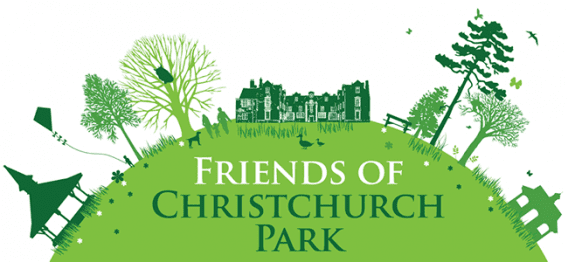I fully appreciate that horses are not considered to be ‘wildlife’. There are exceptions of course – ponies in the New Forest or Dartmoor for example – but even these are not truly wild. I mention horses because there is currently an exhibition at the Munning’s Museum in Dedham of paintings by Sir Alfred Munnings consisting mainly of horses entitled “Behind the Lines”. These paintings were carried out in 1918 when Munnings was a war artist attached to the Canadian Calvary Brigade in France. These wonderful works of art have not been seen in Great Britain for 100 years. We are indeed very lucky to be able to see these paintings so close to where we live. Sir Alfred was born at Mendham on the Suffolk/Norfolk border and attended Framlingham College before studying art in Norwich. You may know of the consternation caused by his outburst on the subject of modern art when he was president of the Royal Academy but in my opinion I think he should best be remembered for his magnificent paintings which are even more remarkable given that he had lost the sight in one eye.
“Behind the lines” is a series of paintings and sketches which were considerably appreciated by the soldiers who were pleased to have Munnings record their war effort. Munnings is unsurpassed as a painter of horses and most of these works depict the men either caring for their horses or moving across the French landscape into battle. The most poignant painting, I feel, is of a cavalry charge led by Lieutenant Flowerdew. Interestingly, Flowerdew, despite being in the Canadian Army, came from Norfolk and was also educated at Framlingham College. In this charge he was mortally wounded and was posthumously awarded the Victoria Cross. I love Munnings’ work and I thought that I was fully acquainted with his paintings but I was amazed by this collection in Dedham. For those of you interested in art or horses, Munnings was a master of equine painting and the exhibition is on until November with an extremely reasonably priced entrance fee.
You may be aware of the furore, which arose the other day, caused by a pressure group ‘Wild Justice’ fronted by TV presenter, Chris Packham, and ex RSPB man, Mark Avery. This group persuaded the Government, backed quango Natural England, to immediately revoke the general licence to shoot wood pigeons, crows and several other ‘pests’. Most farmers and many conservationists called this action ‘bird-brained’. I think you all know my views on this subject so all I will do is draw your attention to two observations I have noted during the past week. Oilseed rape has turned much of the countryside bright yellow, pleasing for some but not for others, particularly if close to a field of green wheat or barley. This colour scheme is I think a sad reminder that Norwich City FC will be in the Premiership league next season whilst Ipswich Town will be languishing in a lower division. However, despite what Messrs Avery and Packham may think, artificial bird scarers have little effect on the 2,000 or so wood pigeons that I see devouring the young oilseed rape plants growing near my studio. A grey cloud of pigeons are not deterred by an occasional bang. Also this week, I have watched a crow bringing young dead birds to my bird bath, ripping them apart and then flying off to his mate for her to feed their growing youngsters. Will the watching magpies soon follow suit, I ask?
